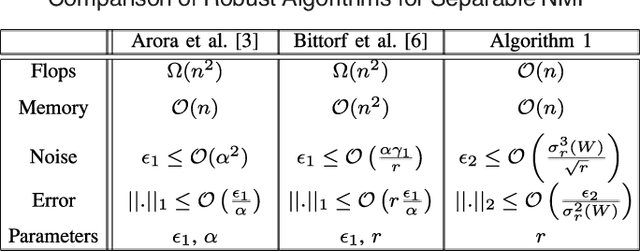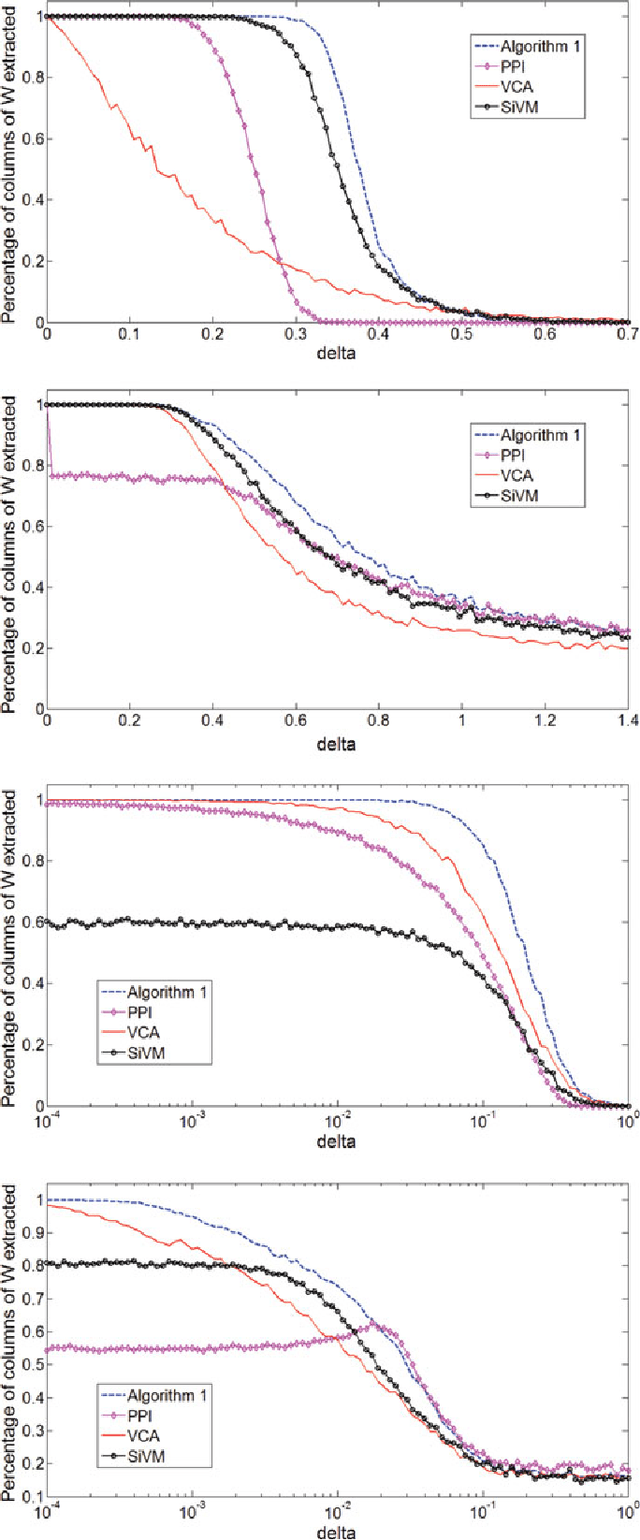An Efficient Genetic Programming System with Geometric Semantic Operators and its Application to Human Oral Bioavailability Prediction
Paper and Code
Aug 12, 2012



Very recently new genetic operators, called geometric semantic operators, have been defined for genetic programming. Contrarily to standard genetic operators, which are uniquely based on the syntax of the individuals, these new operators are based on their semantics, meaning with it the set of input-output pairs on training data. Furthermore, these operators present the interesting property of inducing a unimodal fitness landscape for every problem that consists in finding a match between given input and output data (for instance regression and classification). Nevertheless, the current definition of these operators has a serious limitation: they impose an exponential growth in the size of the individuals in the population, so their use is impossible in practice. This paper is intended to overcome this limitation, presenting a new genetic programming system that implements geometric semantic operators in an extremely efficient way. To demonstrate the power of the proposed system, we use it to solve a complex real-life application in the field of pharmacokinetic: the prediction of the human oral bioavailability of potential new drugs. Besides the excellent performances on training data, which were expected because the fitness landscape is unimodal, we also report an excellent generalization ability of the proposed system, at least for the studied application. In fact, it outperforms standard genetic programming and a wide set of other well-known machine learning methods.
 Add to Chrome
Add to Chrome Add to Firefox
Add to Firefox Add to Edge
Add to Edge